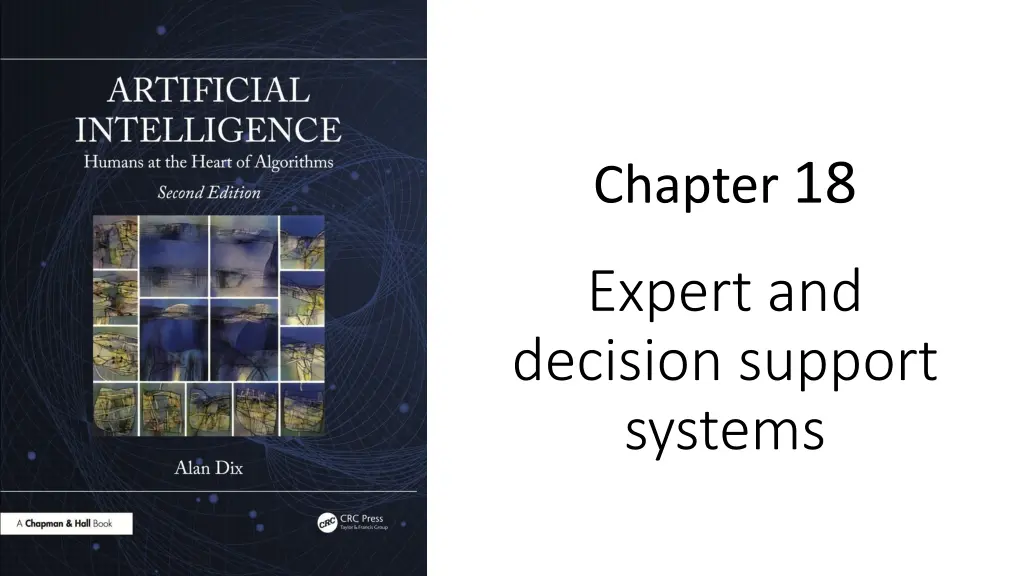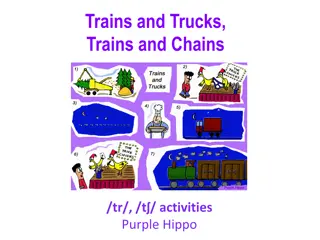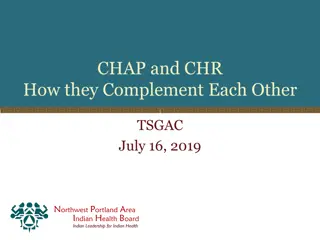
Expert and Decision Support Systems for Informed Decision-Making
Explore the significance of expert systems and decision support systems in making informed decisions. Learn about different forms of expert involvement, knowledge acquisition, system architecture, and hybrid expert systems. Discover how these systems capture, apply knowledge, and incorporate machine learning to guide decision-making processes effectively.
Download Presentation

Please find below an Image/Link to download the presentation.
The content on the website is provided AS IS for your information and personal use only. It may not be sold, licensed, or shared on other websites without obtaining consent from the author. If you encounter any issues during the download, it is possible that the publisher has removed the file from their server.
You are allowed to download the files provided on this website for personal or commercial use, subject to the condition that they are used lawfully. All files are the property of their respective owners.
The content on the website is provided AS IS for your information and personal use only. It may not be sold, licensed, or shared on other websites without obtaining consent from the author.
E N D
Presentation Transcript
Chapter 18 Expert and decision support systems
Different forms of expert involvement. explicit rules traditional expert systems expert guided knowledge acquisition source decision support systems machine learning based expert systems past expert data visual analytics raw data automated non-/less-expert expert Fig. 18.1 application
Expert system capturing and applying knowledge knowledge acquisition application expert system rules expert automated action advising non-expert Fig. 18.2
Typical expert system architecture user dialogue and UI component explanation component inference: reasoning and heuristics Fig. 18.3 knowledge base
WebProtg a web-based version of the Protg ontology editor Fig. 18.4
Hybrid expert system incorporating machine learning guided by human expertise expert knowledge elicitation features and labels machine learning rules raw data 0010010 1010011 0100101 1110011 0110101 0001110 1000111 0101010 0101101 ground truth labels Fig. 18.5
Query-by-Browsing Query Listing SELECT name, department, salary WHERE department = "accounts" and salary > 15000 Name Department Salary William Brown Margery Chen Thomas Herbert Janet Davies Eugene Warbuck-Smyth Accounts Fredrick Blogia Mary O Hara Accounts Accounts Accounts Accounts 21,750 27,000 14,500 16,000 17,500 7,500 5,670 X X X inferred rule as SQL query (intensional) Cleaning Cleaning Yes No Yes but.. also highlighted in listing (extensional) Fig. 18.6
Dancing histograms: plain stacked histogram easy to discern overall trends and trends in the baseline category (apples), but other categories less clear Fig. 18.7a
Dancing histograms: add interaction click on a category (bananas) to alter the baseline and make trends in that category easier to see Fig. 18.7b
Connected visualisations select documents from network view word cloud is recomputed for selected documents highlighting words in the word cloud will filter the document collection select cluster copy save Fig. 18.8
Visual analytics big picture organisational social & political context action decision world visualisation data direct interaction processing Fig. 18.9
Table 18.1 Strengths of Humans and Computers in Decision Making (From Mary L. Cummings. Automation bias in intelligent time critical decision support systems. In AIAA 1st intelligent systems technical conference 2004.) Humans are better at: Perceiving patterns Improvising and using flexible procedures Recalling relevant facts at the appropriate time Reasoning inductively Exercising judgment Computers are better at: Responding quickly to control tasks Repetitive and routine tasks Reasoning deductively Handling many complex tasks simultaneously








